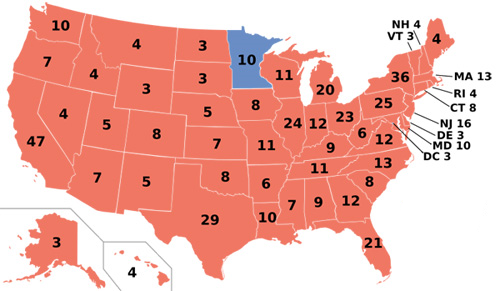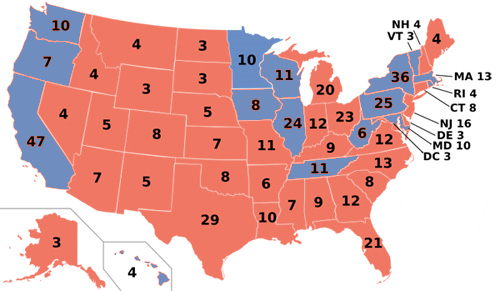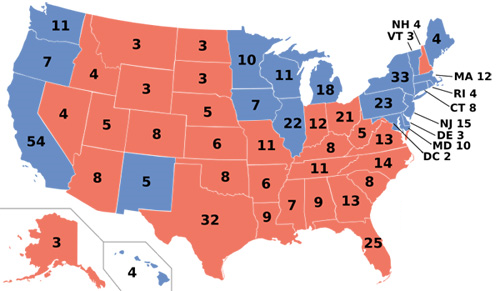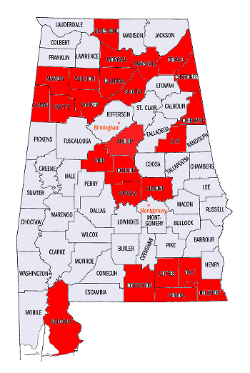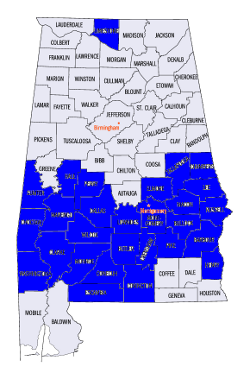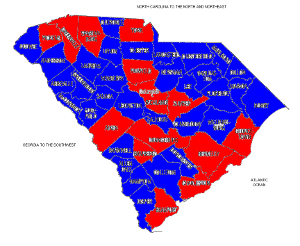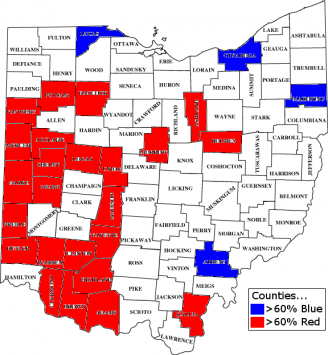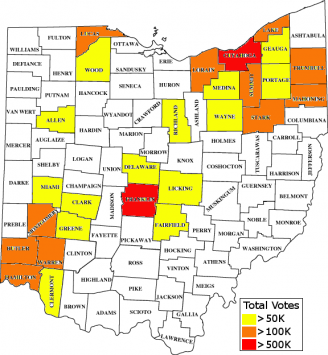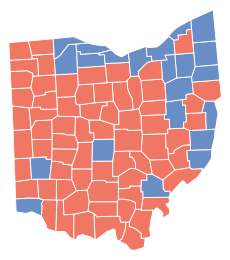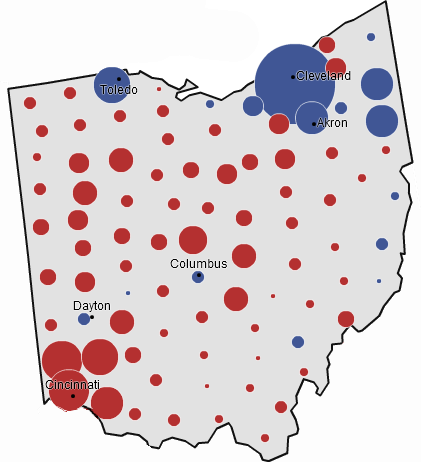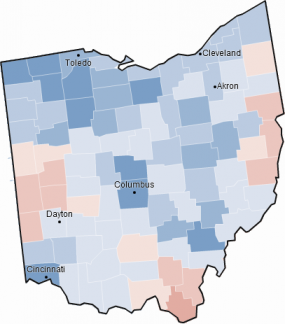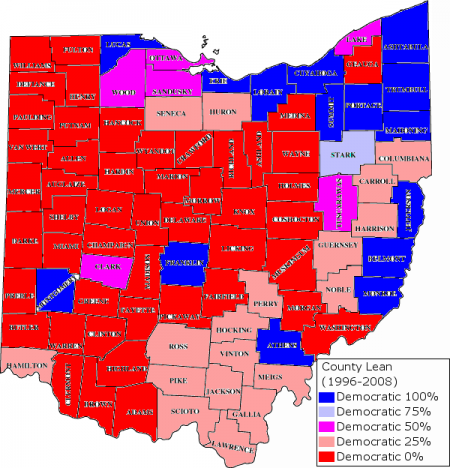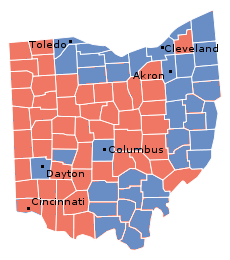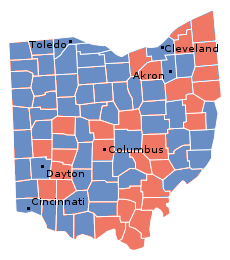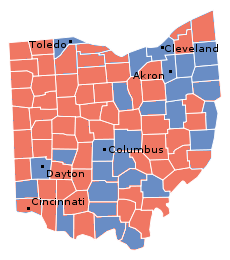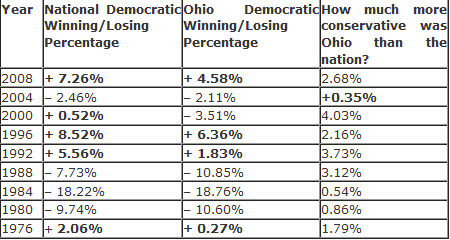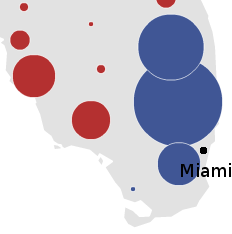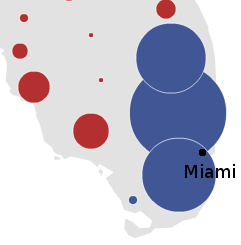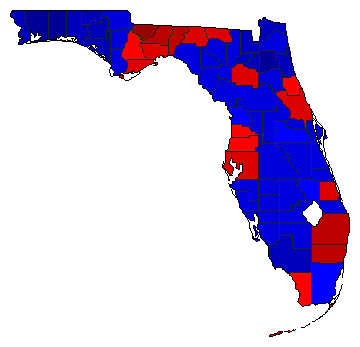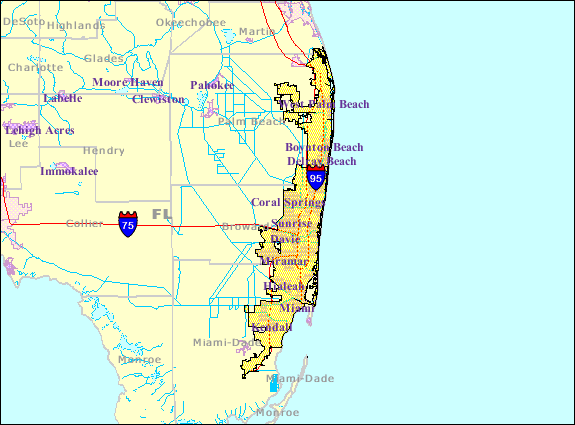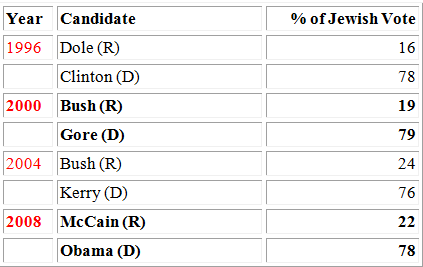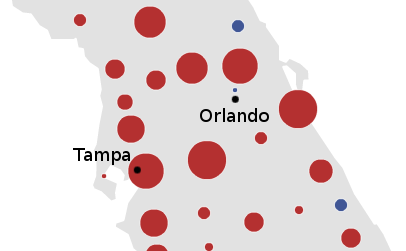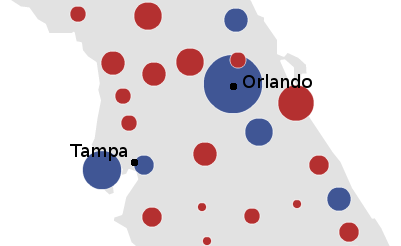Last night, Markos wrote that Republican Dede Scozzafava was “the most liberal candidate” in the 23rd congressional district race.
This doesn’t surprise. A lot of people, including people here in New York, have made the same argument. Part of it has to do with a lack of research on Scozzafava. The other half of it is a lack of information on the Democratic candidate Bill Owens, who conservatives call “liberal” and some progressives like Markos have called a “Blue Dog.”
After reading Markos’ post multiple times, it seems he uses the following as important points for his “liberal” labeling of Scozzafava.
– She has been endorsed in the past by the very progressive Working Families Party.
– She is pro-choice and pro-marriage equality, which puts her at odds with the conservatives in the Republican Party.
– She voted to raise taxes when budgets required it.
First, those three points. The Working Families Party does endorse Republicans and allow them to run on their line. It happens, but they are more likely to back a Democratic candidate. Living in New York, my state senator is George Maziarz. He has been endorsed by the Working Families Party in the past because of his connections to people within the WFP.
For Scozzafava, being backed by the WFP can be contributed to a few things. She ran unopposed in 2008 and was not on the Working Families line when she ran for re-election in 2006. She also was not on the line in the 2002 general election. The only times since redistricting in 2002 that she appeared on the WFP line was in 2004 and 2008. In both elections, she ran unopposed. Therefore, the WFP endorsements were more by default than anything. It’s not as if she had to fight for those endorsements with another candidate.
The pro-choice and pro-marriage equality positions are very good and is a breath of fresh air for a Republican. But just as we don’t like it when Republicans try to define us based on social issues, we should not be guilty of the same when it comes to determining whether someone is progressive or not. Is she progressive on these issues? No doubt. But don’t judge a book by its cover.
The last point of Markos: She voted to raise taxes when budgets required it. In New York, that can be seen as a good and/or bad thing. There are good taxes and fees, bad taxes and fees and others that are somewhere in between. Any good progressive in New York will tell you that not all taxes are good and that not all taxes are bad. There is a middle ground. The problem in New York is that we have had too many regressive taxes and not enough progressive taxation. So giving Scozzafava credit for being liberal on this is misguided for the reasons I have shown.
But aside from Markos’ points, I also wanted to address some of the past votes Scozzafava has cast in the Assembly .
– An important issue for progressives in New York has been Rockefeller Drug Law Reform. A bill (A.6085) was passed in the Assembly and a deal was reached with both houses to reform the broken drug laws that led to extreme sentences for some of the most minor offenses. The roll call vote shows that Scozzafava voted against these reforms.
– Earlier this year, the Assembly passed a comprehensive gun package to combat gun violence and put laws in place to provide for better tracking of guns and provide for more accountability. The package includes 13 bills that were passed in the Assembly. Of those 13 bills, Scozzafava voted for only one. That bill was A.7733 and its purpose is to “Authorizes courts to revoke firearms license and seize the weapons of certain individuals.” Essentially, if the person is a threat to the public, courts could take away the firearms license and weapons of that person.
It is safe to say that Scozzafava is pro-gun and clearly anti-gun control of any kind. (I would give her credit for the single “Yea” vote, but it was a unanimous vote in the Assembly. Every Republican voted for it.)
Also, keep in mind that the package came after the shootings in Binghamton, which was a national news story and led to immediate action in the Assembly.
– Scozzafava’s record on the environment is mixed, at best. She voted against the Bigger Better Bottle Bill, but voted for the Green Jobs bill that was unanimously passed in the Assembly. The Assembly passed a package of environmental bills earlier this year. Of the 14 bills included in the package, Scozzafava voted for six of the bills and against eight of them. These were bills that were supported by progressives and the Democratic conference in the Assembly.
– Scozzafava voted against the Farmworkers Bill of Rights that passed the Assembly. This was seen as a pro-labor and pro-worker bill to support farm laborers who face unpleasant conditions in some instances.
– Voted against a bill that would provide additional compensation for police officers in New York City that use a foreign language in the course of their duties. She also voted against legislation that would give the attorney general jurisdiction to investigate and prosecute police misconduct.
– Voted against regulating the use of “no-knock” warrants and monitoring the use of all search warrants.
– Cast a vote against the 2010 Campaign Finance Reform Act, which would provide “for optional partial public financing of certain election campaigns in this state.” (Here is more on this legislation she voted against.)
– Voted against a bill that would require restaurants (with 15 or more outlets in the U.S.) to post the caloric information of menu items. Also voted against a bill banning trans fats in restaurants.
– Voted against legislation that would strengthen New York’s laws against unfair debt collection practices. Also voted against “legislation requiring debt collection firms to provide consumers a written “Debtor’s Bill of Rights” along with their initial debt collection communication.”
– Voted against expanding foreclosure protections. This bill included protections for tenants in property that is being foreclosed.
– Among the many areas, one area that Scozzafava seems to have a consistent record of voting “no” in is housing. This year, the Assembly has passed 20 pieces of legislation related to housing. Of those 20 bills, Scozzafava voted against several of them. The bills she voted against include: A rent increase cap, rent increases linked to inflation rate, Section 8 housing being included in rent regulation, landlord rental unit recovery, affordable housing preservation, excessive rent increase shield and expansion of the Loft Law.
The reality is this: When people say “don’t judge a book by its cover”, you should take their advice. The “cover” on Scozzafava was that she was this progressive Republican because she was backed by the WFP, supported a woman’s right to choose and has been a supporter of marriage equality. But the “book” tells the whole story (as it usually does). Scozzafava has a few positions that are more liberal (on abortion and marriage equality) but most of her positions are, at best, moderate-to-conservative. More often than not, however, she is a conservative.
One more thing: This statement on Scozzafava’s website came after President Barack Obama’s health care address a couple of weeks ago. One of the ideas she pushes? Tort reform. Not exactly the progressive approach to solving the health care crisis, but it’s one of the first (if not THE first) things brought up by Scozzafava.
The conclusion I draw from looking over numerous pieces of legislation is that Scozzafava on most issues is nothing more than your average Assembly Republican. Most of the votes that she did support the Democratic (or progressive) positions came when the whole Assembly voted unanimously for a bill. Scozzafava’s conservative positions are not reflected in the mainstream media, where she is labeled a “liberal” because of her stances on two social issues that, while important, should never define any candidate and should never be the sole indicator of a candidate’s ideology.
I see Scozzafava as someone who is far from the Glenn Becks of the world. But that doesn’t mean she is not conservative. The modern-day conservative is a different breed, but a lot of what Scozzafava stands for resembles an old school conservative. At best, she’s a moderate with conservative leanings. At worst, she’s a conservative Republican whose liberal stances on two social issues have given her an inaccurate label.
Would she be a Susan Collins-type, as Markos suggested? Probably not. Her record has shown that she hasn’t really been willing to buck the GOP party line on big issues (unless the whole GOP goes along with it). There are worse Republicans than Scozzafava, but she isn’t someone I would depend on to cross party lines and vote on a Democratic (and/or progressive) issue.
